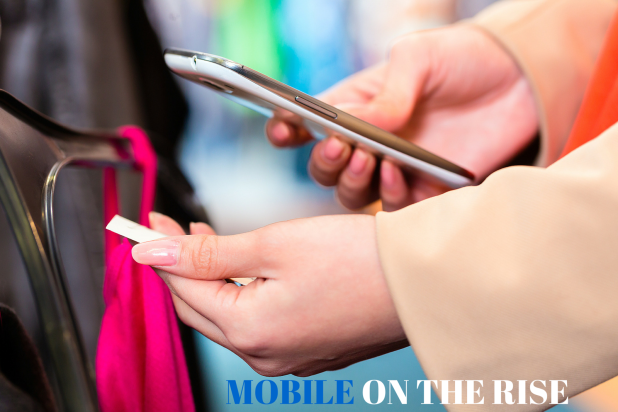
Mobile commerce, or ‘mcommerce’, matters more than ever in today’s retail market. The 2014 holiday season – for instance – saw a tremendous 29 percent increase in mobile sales traffic, according to a study from Multichannel Merchant.
However, despite popular belief, the growth of mobile commerce does not indicate the fall of brick-and-mortar stores. In fact, the two work in tandem to strengthen the overall shopping experience.
Matt Moog, CEO of PowerReviews (which helps companies engage with shoppers at the moment of purchase) recently shared five ways mobile extends the longevity of brick-and-mortar stores with Forbes.
To summarize, he believes mobile facilitates showrooming, which enhances the shopping experience by allowing customers to check product reviews, compare prices and view more options online while standing directly in front of merchandise. In other words, mobile helps customers make more confident purchase decisions as they physically stand in brick-and-mortar locations by granting them access to product information.
Brick-and-mortar stores are also personalizing the in-store shopping experience with beacons, or sensors embedded in shelves, signs and product displays, that interact with mobile devices using low-energy Bluetooth signals. These notify shoppers on deals and promotions, and direct them to specific areas and products within the store.
What does this mean for online businesses and the retail industry overall?
As mobile commerce continues to prosper – and as online businesses make the move to open brick-and-mortar locations – all fingers confidently point to omnichannel selling as a way to enrich not only the in-store experience, but the end-to-end shopping experience overall.



